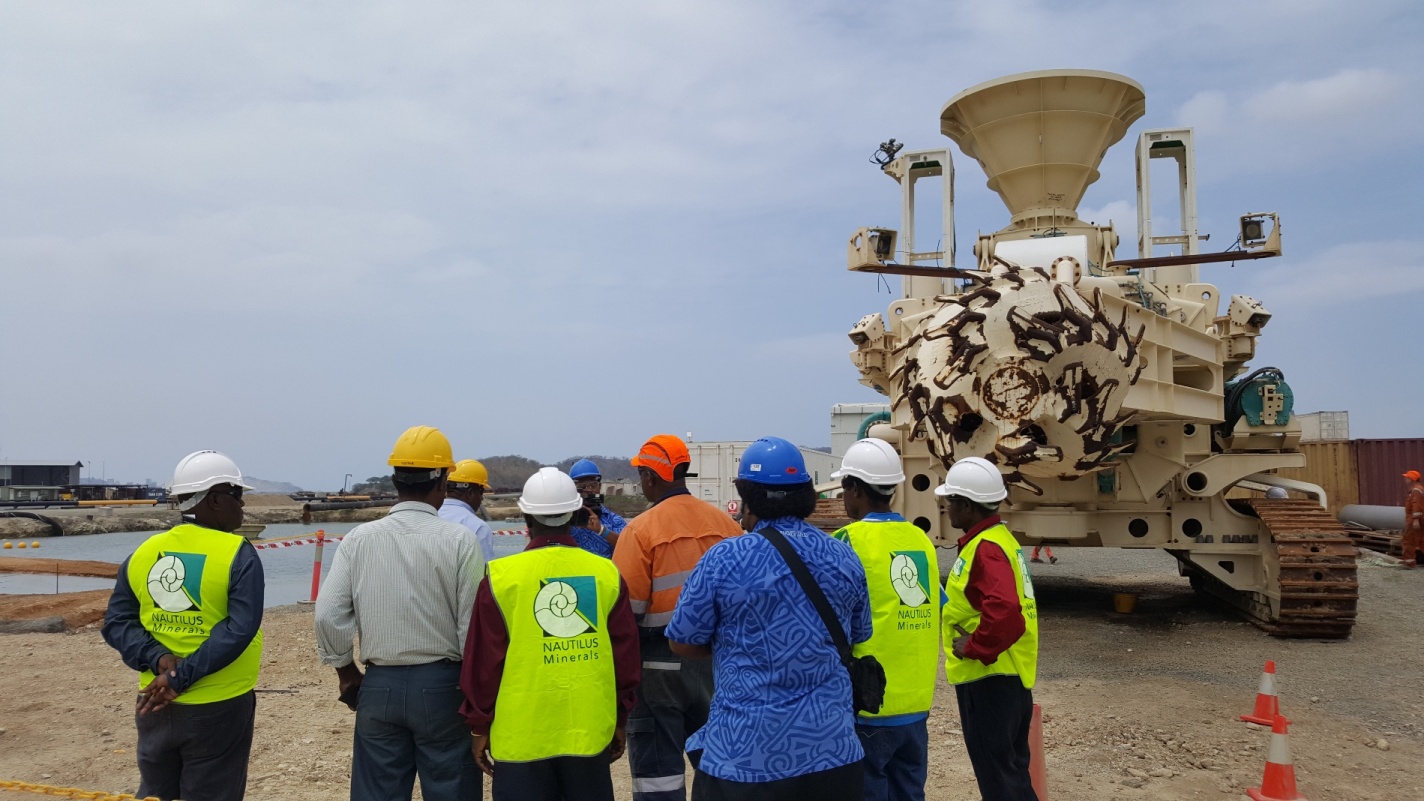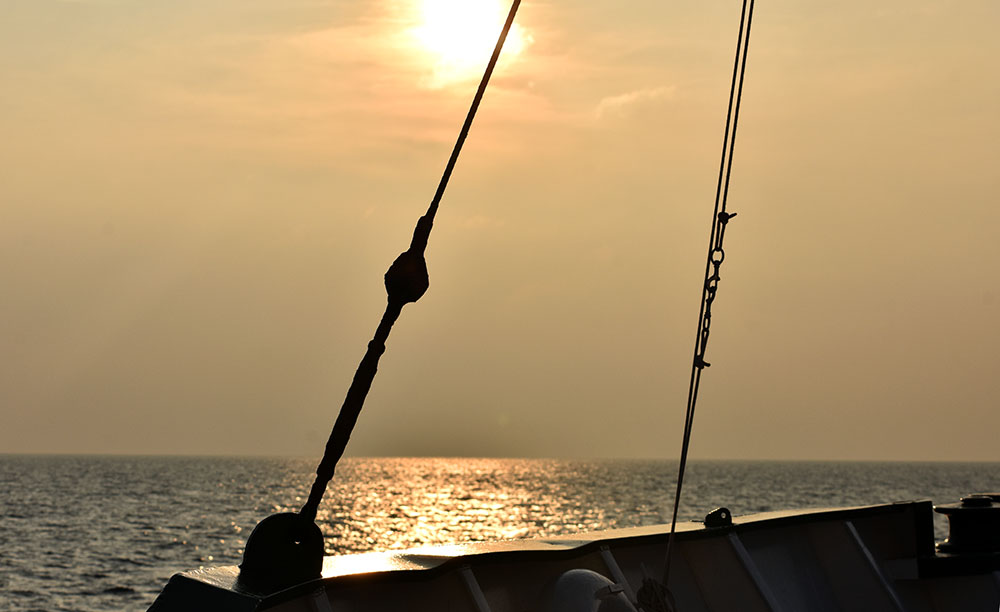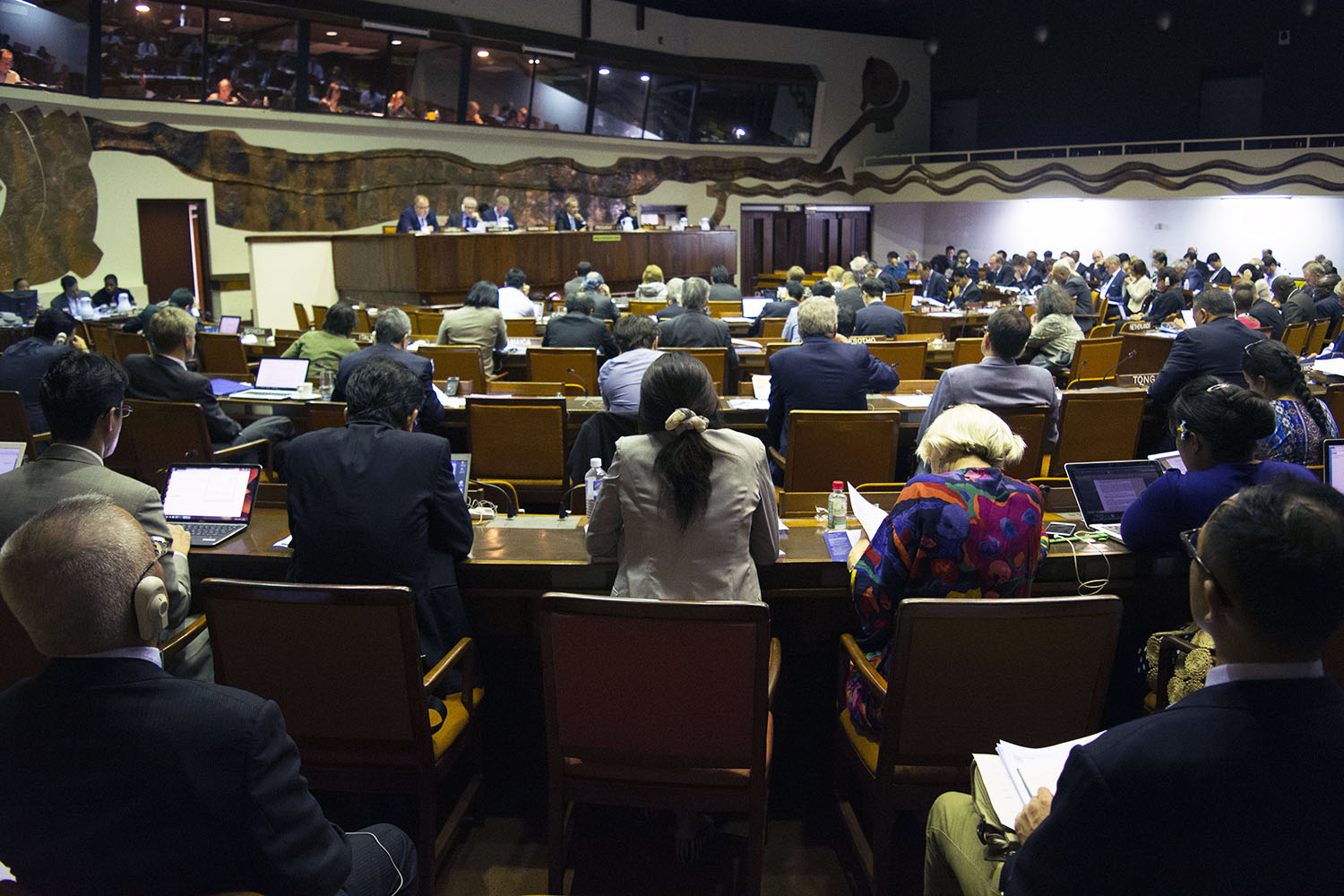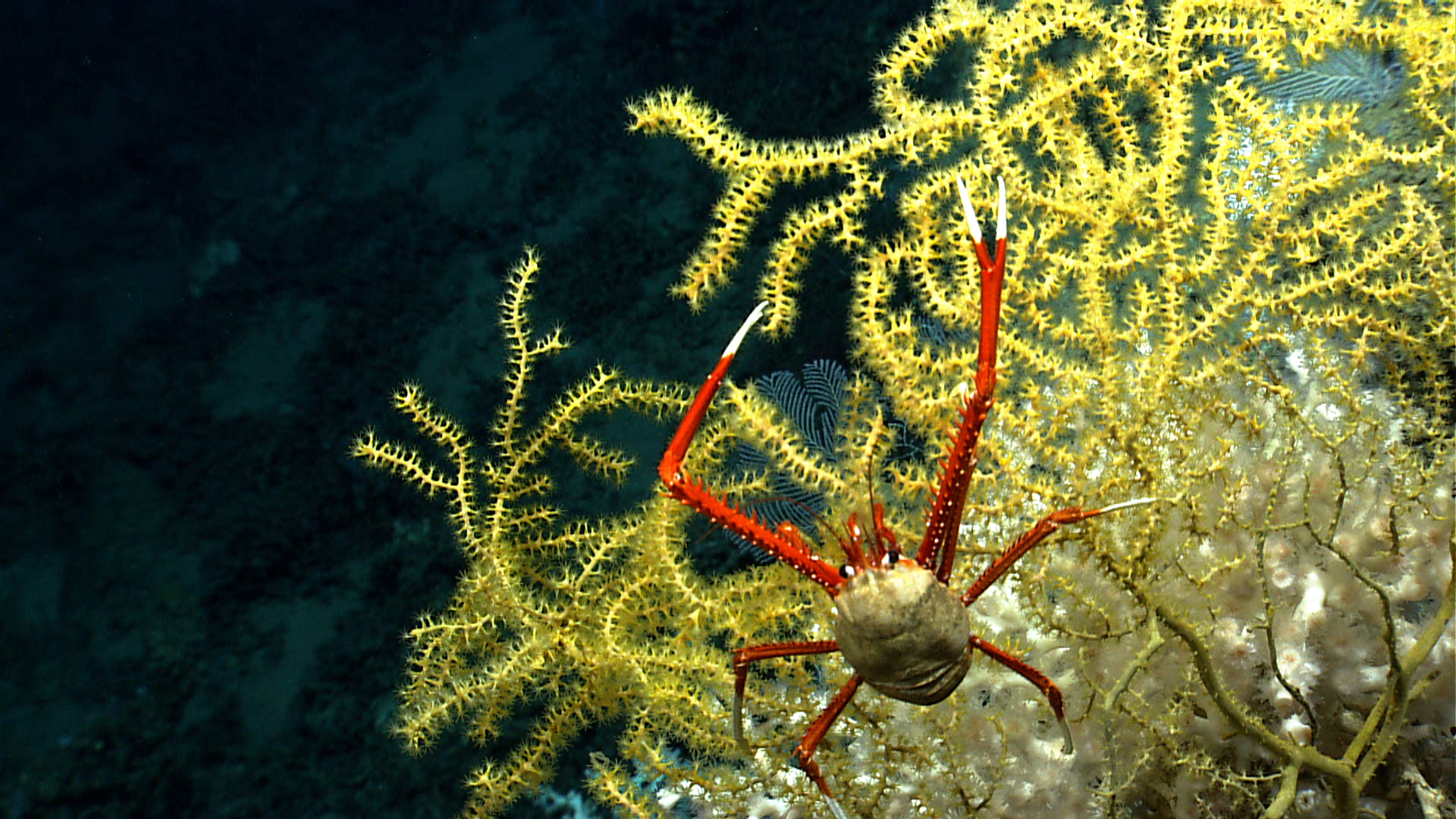The past month has been anything but quiet over at Nautilus Minerals. Changes in leadership, transparent financial stress and mobilized on-the-ground opposition have clashed with marked advances in technology and production timelines on the controversial Solwara One deep sea mining project in Papua New Guinea. A positive 2017 second quarter left shareholders happy and Nautilus […]
Read More








